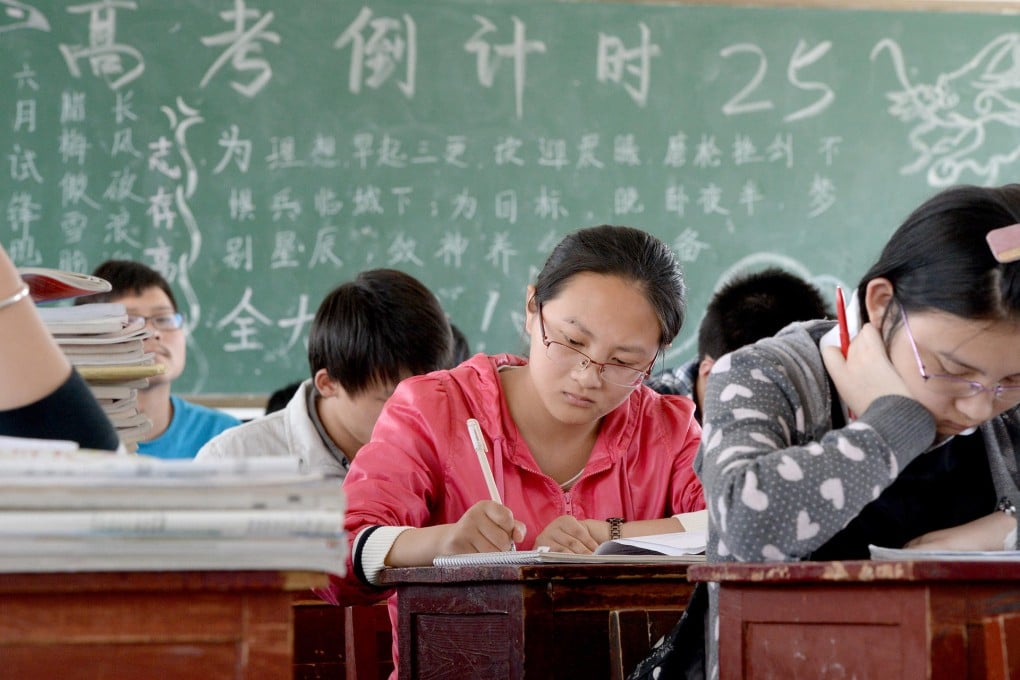China's lesson: why the West was wrong to abandon 'chalk and talk' teaching methods
'Chalk and talk' teaching has been phased out in Western countries over the past 40 years. The success of Chinese pupils is forcing a rethink

Seventy teachers from the United Kingdom were sent to Shanghai to study classroom methods to investigate why Chinese students perform so well. Upon their return, the teachers reported that much of China's success came from teaching methods that the West has been moving away from for the past 40 years.
China favours a "chalk and talk" approach, whereas countries such as the United Kingdom, United States, Australia and New Zealand have been moving away from this direct form of teaching to a more collaborative form of learning where students take greater control.
Given China's success in international tests, it seems the West has been misguided in abandoning the traditional, teacher-directed method, where the teacher spends more time standing at the front of the class, directing learning and controlling classroom activities.
Debates about direct instruction versus inquiry learning have been going on for many years. Traditionally, classrooms have been organised with children sitting in rows, with the teacher at the front of the room, directing, teaching and ensuring a disciplined classroom environment. This is known as direct instruction.

Based on this recent study of classrooms in the UK and China and a recent UK report titled What makes great teaching?, there is evidence that these new-age education techniques, where teachers facilitate instead of teach and praise students on the basis that all must be winners, led to under-performance.